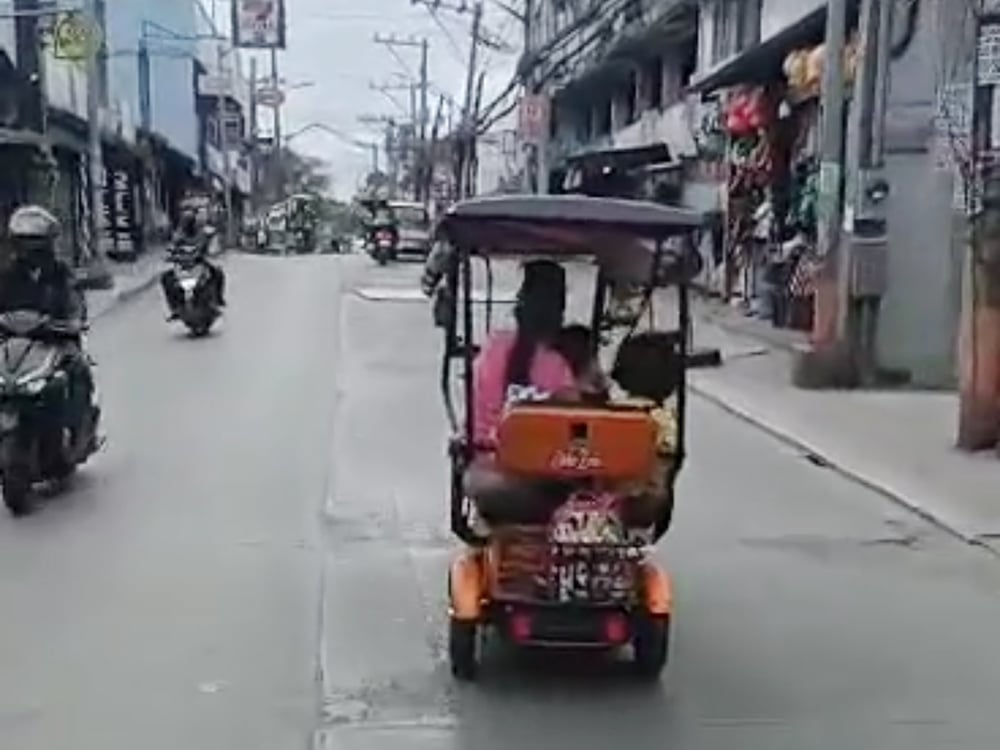
Last year marked the palpable influx of e-bikes/e-trikes onto our public roads. Their number was so dizzying that even TV comedy shows just had to poke fun at them.
If you somehow don’t know what I’m talking about—because maybe you work from home or you have a chauffeur and you sleep through your daily car trip—e-bikes or e-trikes are electric-powered bicycles or tricycles that look out of place on public roads.
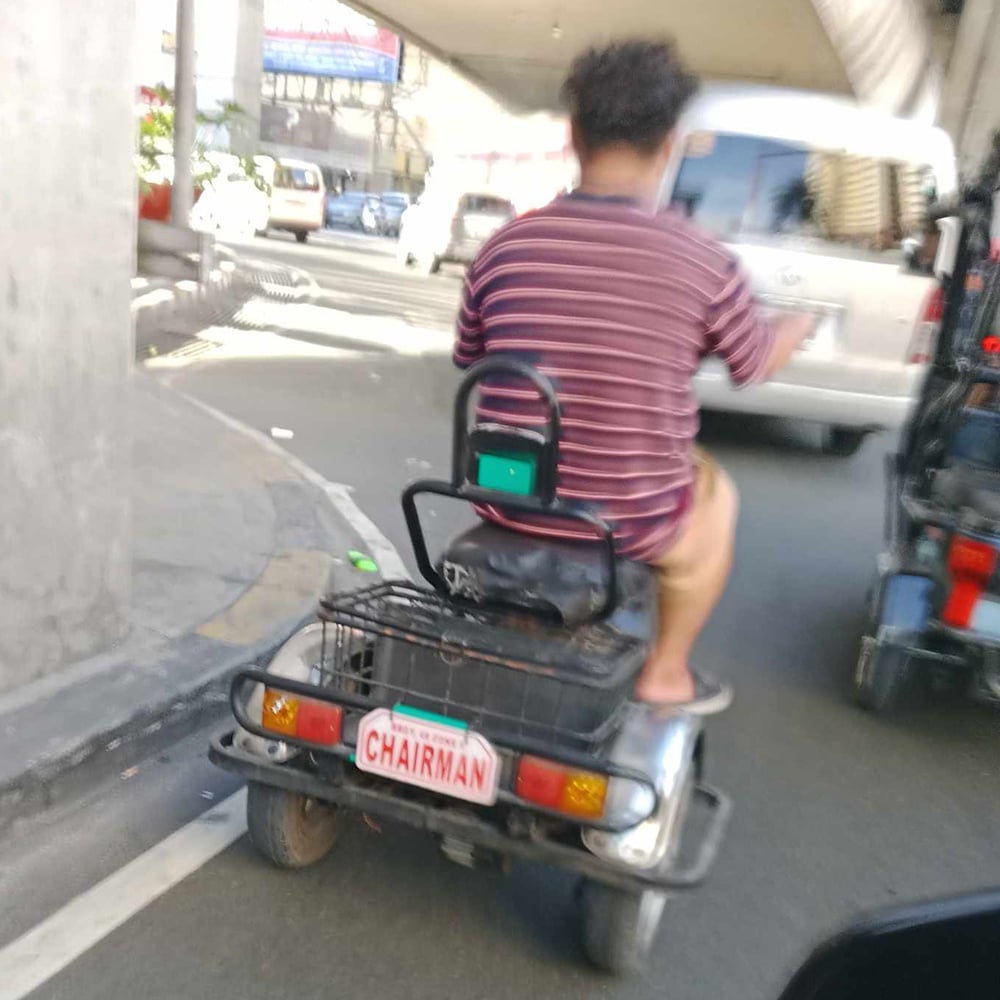
I say “out of place” because, well, they look extremely unsafe. Their design is meant to be treated with the utmost care. In fact, when we test-drove one of these, our writer’s advice to interested buyers was straightforward: “Try not to tip over.” Used the wrong way, an e-trike could literally overturn. Don’t believe me? Here, watch this.
So, you see, these vehicles are totally hazardous to be used on busy and fast roads. Which is why the Land Transportation Office, via Administrative Order 2021-39, provided classifications and general guidelines for e-bikes/e-trikes:
Category L1a
- Two wheels
- Maximum speed of 25km/h
- Restricted to bike lanes, private streets, and barangay roads
- Operators must wear a bicycle helmet
Category L2a
- Three wheels
- Maximum speed of 25km/h
- Restricted to private streets and barangay roads
- Operators must wear a bicycle helmet
Category L1b
- Two wheels
- Maximum speed of 26-50km/h
- Restricted to the outer edge of local roads
- Operators must wear a bicycle helmet
Category L2b
- Three wheels
- Maximum speed of 26-50km/h
- Restricted to the outer edge of local roads
- Operators must be licensed and must wear a bicycle helmet
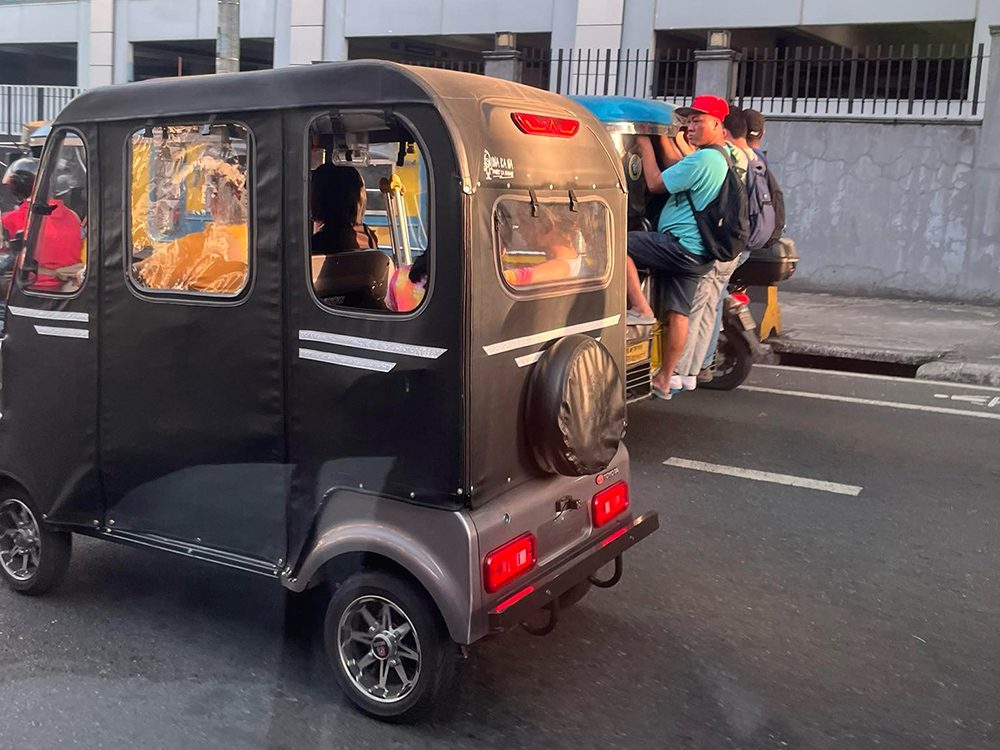
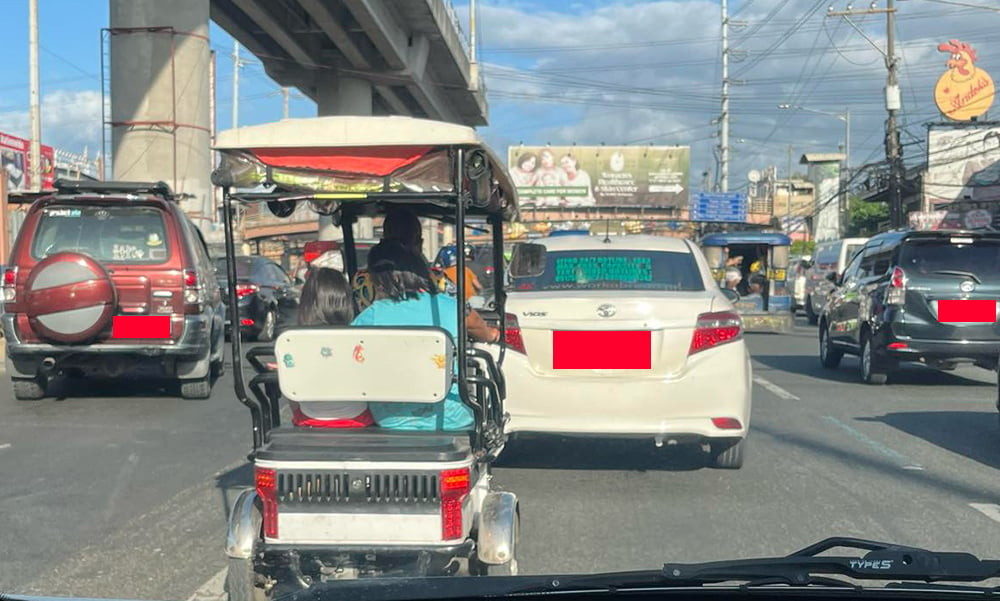
Take note of the following: private streets, barangay roads, and outer edge of local roads.
But with the lack of regulation (hello, LTO), these vehicles are being used on main roads. Heck, they are being driven even on flyovers.
To make matters worse, many e-trikes are being operated by children or underage teenagers. It’s anarchy out there.
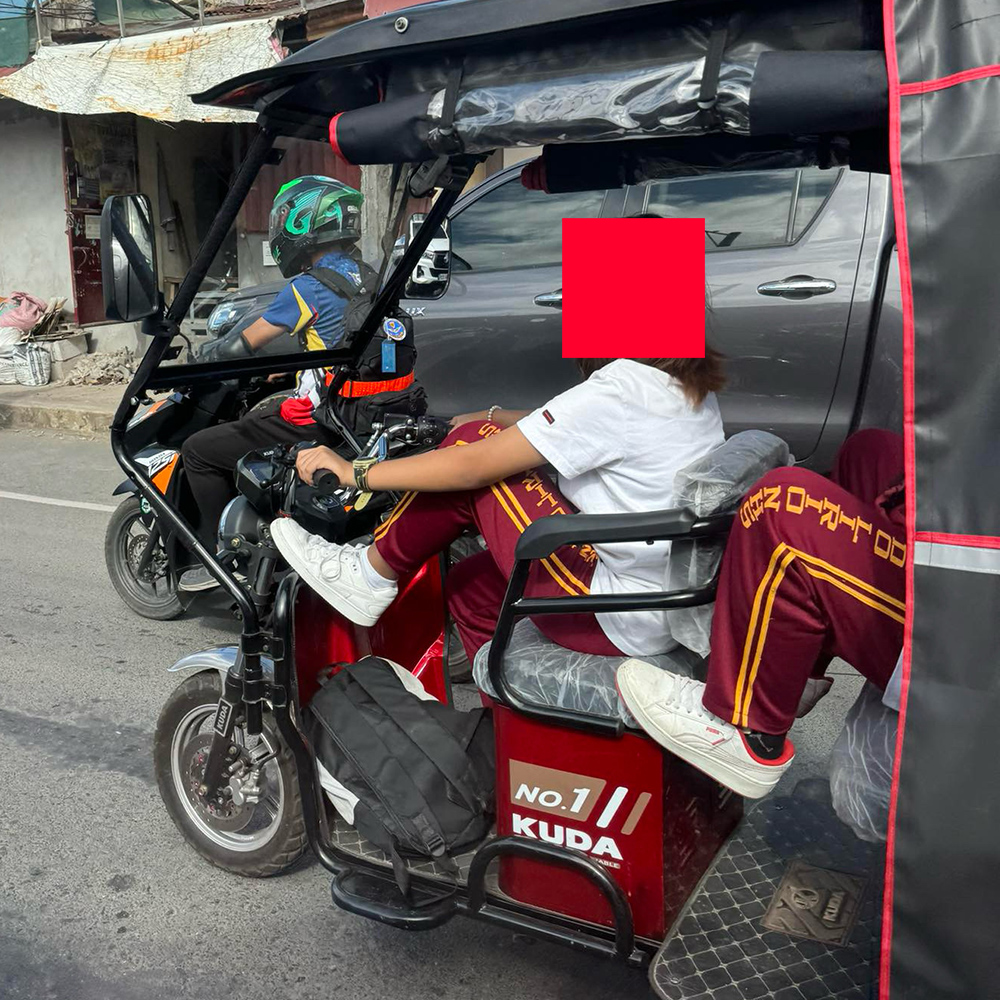
Recently, the LTO was forced to release a statement saying it was already considering regulating e-bikes/e-trikes. I guess the agency has no choice but to clamp down on these vehicles especially after LGUs are starting to act on their own. The last thing that the LTO needs is for an e-trike accident to result in an unnecessary casualty.
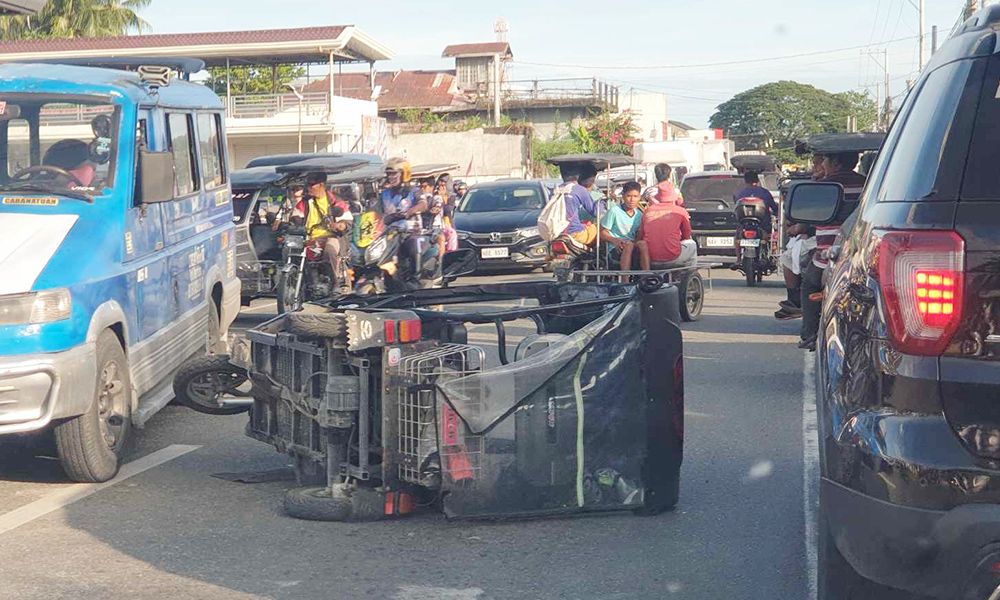
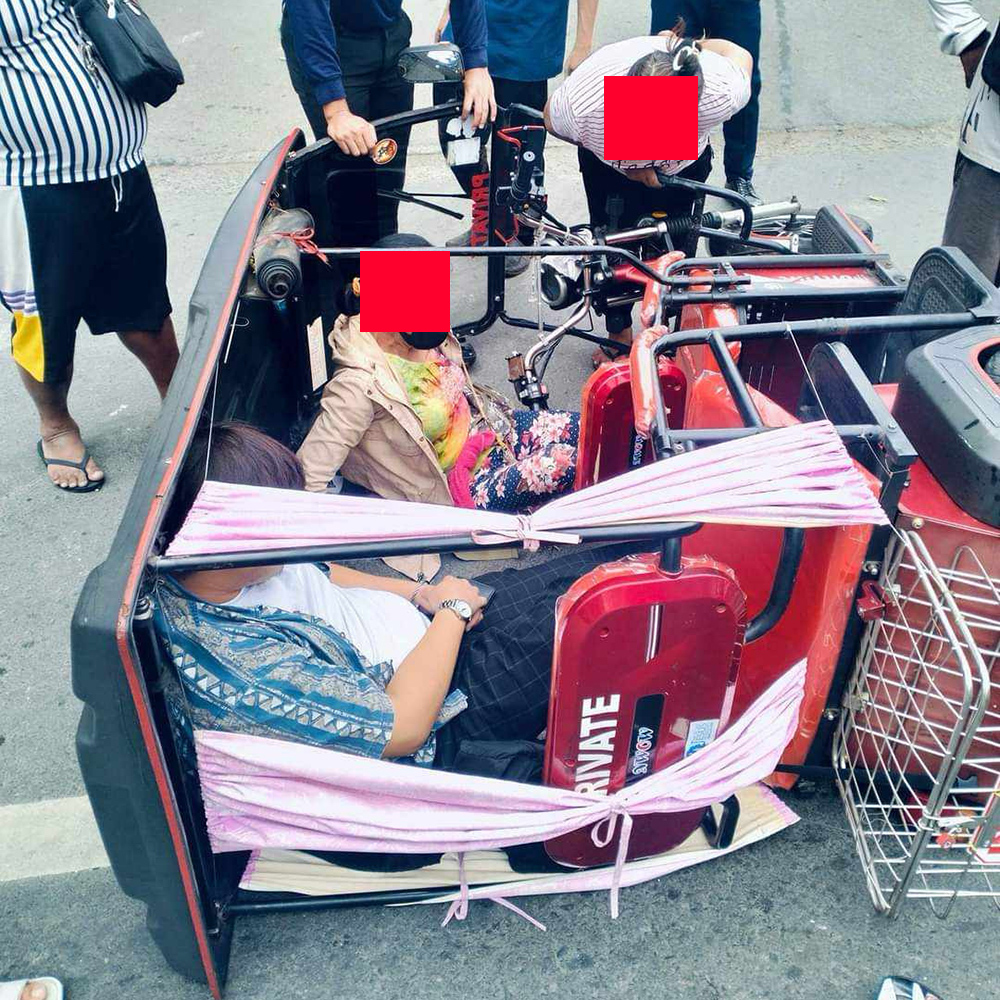
Last week, we asked our readers to define “roadworthy.” The answers did not disappoint; they gave me hope that many road users in this country know what they’re doing and that they care about everyone’s safety. Read the insightful answers here.
In particular, I was reminded that being roadworthy doesn’t only refer to the vehicle. Just as important is the competence of the driver/operator. You could have the toughest armored vehicle and still die in an accident if you were clueless about the nature of the vehicle and the rules of the road.
Time to fix this.

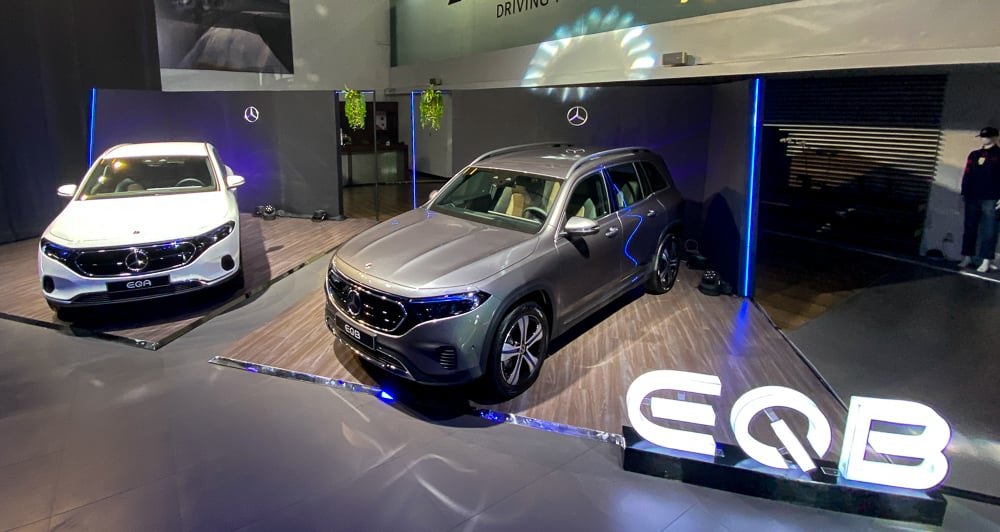
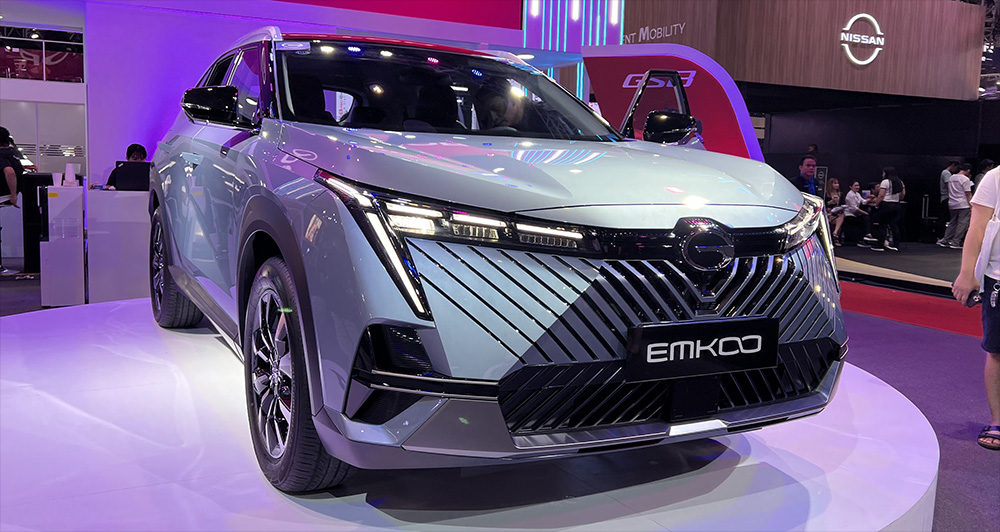
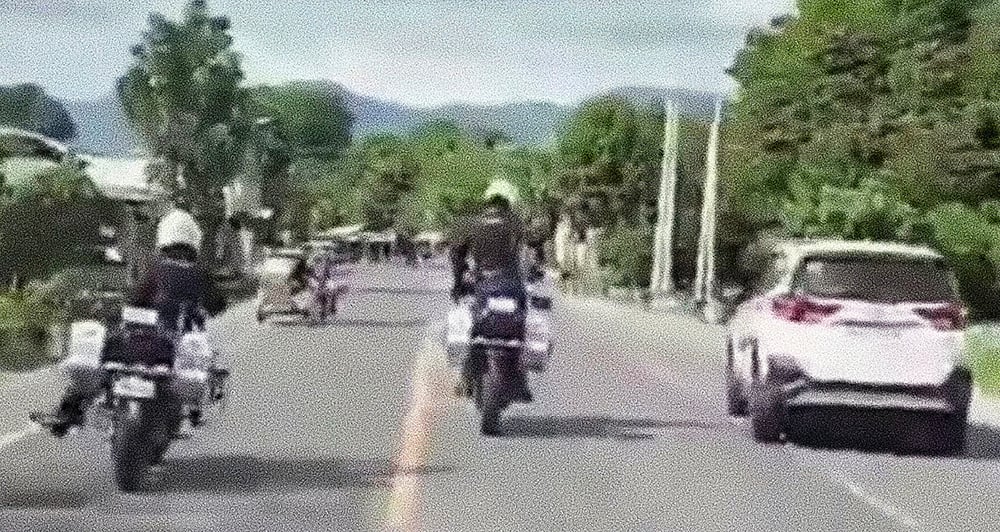
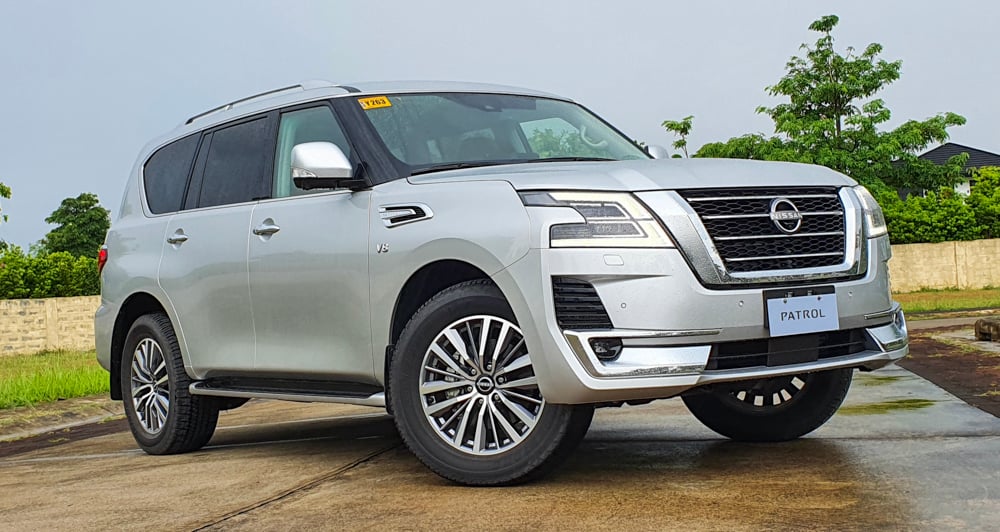
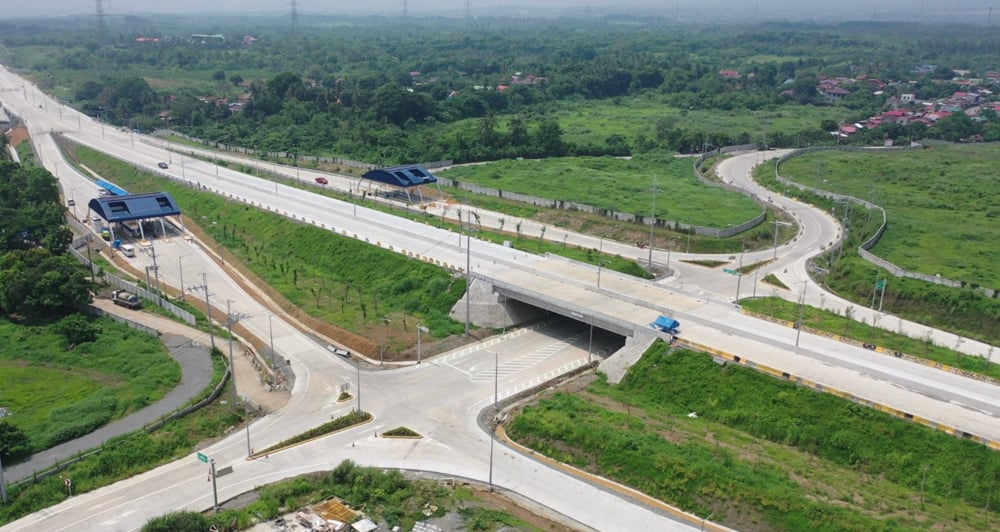

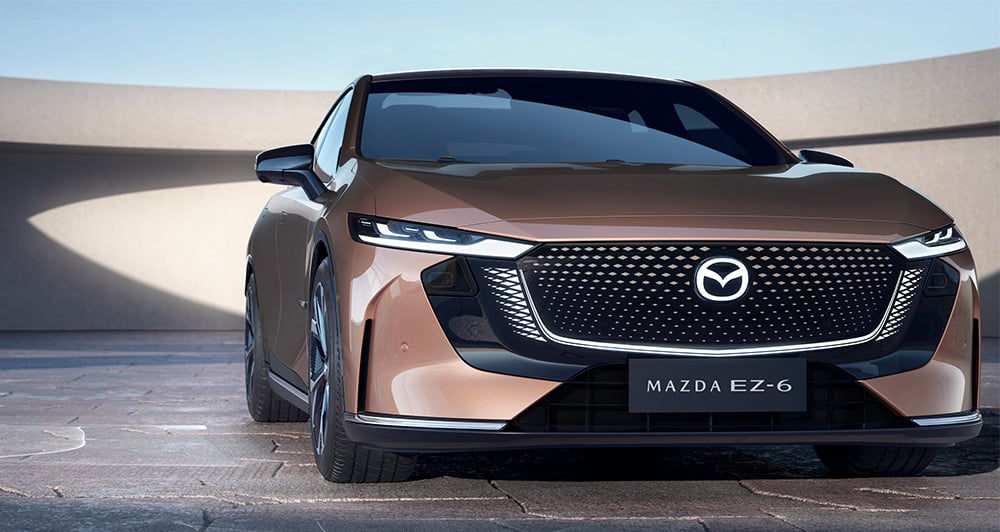
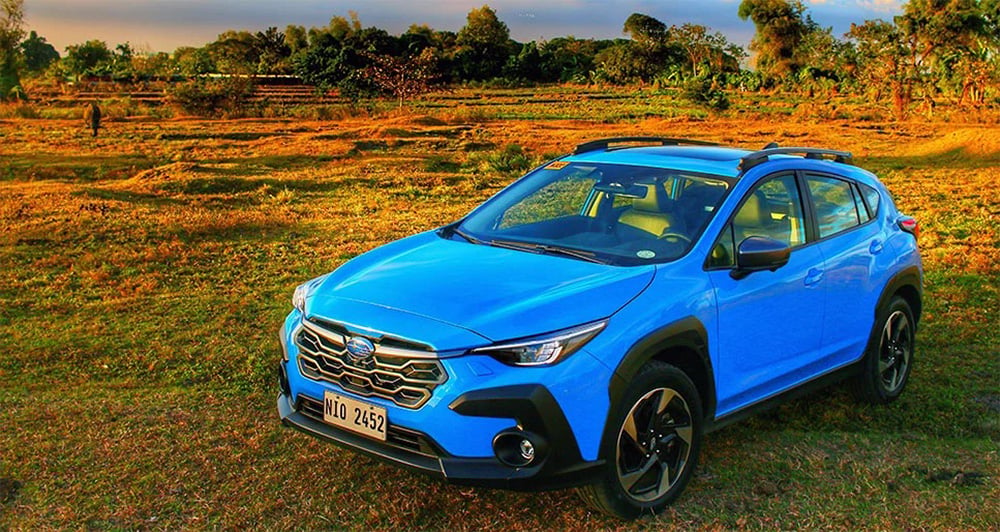


Comments